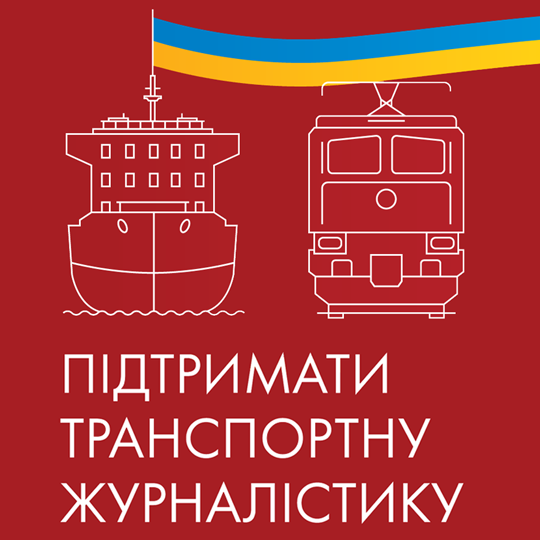Deputy Prime Minister of Belarus Anatoly Kalinin has instructed the country’s Ministry of Transport to study the issue of building a river-sea port in the deepwater section of River Dnipro near the village of Nizhni Zhary in the Brahynskyi district, tut.by reports, citing the press service of the government.
This port has the potential to become a major transit hub, connecting the eastern and western parts of the new Silk Road from China to Europe.
The Belarusian government has been proposing the idea of building a port in the deepwater section of River Dnipro on the border with Ukraine for loading vessels of various classes at least since 2011. Thus, a river-sea vessel that is loaded up on the territory of Belarus will be able to transport cargoes through the Black Sea to Europe, Asia, and Africa. Such a vessel will not need additional loading at seaports, which consequently reduces the cost of delivery.
However, there is a limit – the absence of a railway. The cost of building a railway to Khoiniki is about USD 100 million. Construction of a port with terminals for shipping containers, timber, and steel products will require an additional USD 8-10 million.
However, calculations show that the cost of construction such infrastructure can be recouped quickly because it will become possible to deliver cargoes from the Black Sea through Belarus to Russia, the Mozyr port’s head Vladimir Zaitsev said in an interview with the Director journal.
Construction of the terminal is expected to be financed by an investor. In November 2011, the Belarusian Ministry of Transport signed an agreement with the Turkish company Tekstil Ve Dis Ticaret Sanayi, which provides for construction and operation of a river terminal and a port station on River Dnipro. It was expected to be commissioned within four years. However, the project was not implemented.
As reported, there is also the project called "Restoration of the E-40 Waterway in the Dnieper-Vistula Section." The E-40 waterway has a length of about 2,000 kilometers and runs along the Vistula, Western Bug, Pripyat, and Dnipro rivers. A key facility in this corridor is the Dnieper-Bug Canal, which is located in Belarus. The waterway is currently inactive because the section of the Western Bug River from Warsaw to Brest is not navigable. It is believed that restoration of the E40 waterway will make the border areas of Poland, Belarus, and Ukraine multimodal transport centers of international importance. This will reduce the traffic on roads, increase the flow of goods through border areas, and facilitate reduction of carbon dioxide emissions due to greater use of water transport.


